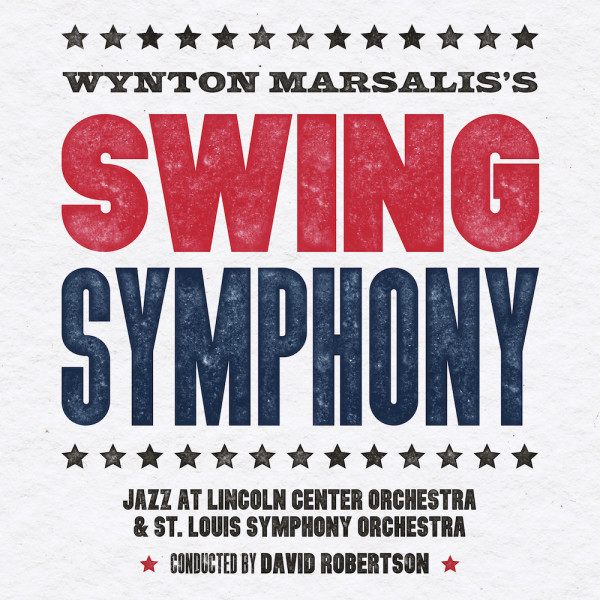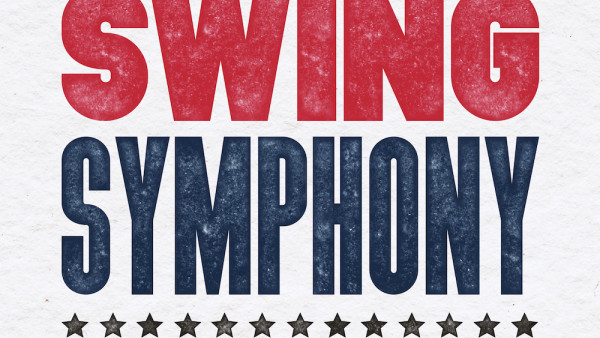After A Symphony Of Swing, Wynton Marsalis Returns For A Powell Hall Christmas
Wynton Marsalis has championed traditional jazz for decades, working many of its styles into the big-band format.
In 1997, the acclaimed trumpeter, composer and bandleader became the first jazz musician to win the Pulitzer Prize in Music, for his oratorio “Blood on the Fields.”
He’s also written three symphonies. His latest, “Swing Symphony,” was recorded at Powell Hall in 2016 and released in July. The performance was a collaboration between St. Louis Symphony Orchestra, then led by David Robertson, and Jazz at Lincoln Center Orchestra, which Marsalis founded.
Marsalis and his ensemble return to Powell Hall Wednesday for a concert featuring Christmas music arranged for big band.
St. Louis Public Radio’s Jeremy D. Goodwin spoke with Marsalis about “Swing Symphony” and why the artist thinks big-band jazz is the perfect format for Christmas music. Here are some highlights from their conversation.
Listen to the full interview: Play
Jeremy D. Goodwin: When you sat down to write “Swing Symphony,” what were your musical objectives?
Wynton Marsalis: My philosophy is always: continuum. I don’t pit generations against each other, or groups of people. I always try to find how we are the same … I go through the history of songs, of rhythms, of different kinds of music — how they met, what they were trying to say. And I try to write them all in the language I speak.
Goodwin: What are some of the tricks to integrating a jazz big band and a European classical concert ensemble that you’ve had to figure out over the years?
Marsalis: That’s a good question. Everything is first form, and function … So that we all understand the form that we’re playing. Then the function. Where are the french horns going to sit? That’s very important. Who’s going to play a riff part? The violas, normally, in the orchestra, play that part. That’s the repeated part. How can you group the bass with the percussion? The bass drum and all on the larger beats so we can not get lost in the time.
For us, can we play in the volume with the orchestra? Then, how can we bring the rhythms together? Because we start playing the straight rhythms, ‘cause the ragtime and those march forms, those are not swung rhythms. So the first time we really start to swing in the “Swing Symphony” is the end of the third movement, when we all come together with a kind of part that’s based on Benny Goodman … we go to a thing where we just start swinging.
Goodwin: The history of big-band arrangements of Christmas music — there’s a really rich history there, isn’t there?
Marsalis: Yes, because it’s the one time in the year, now, that families are not segregated into markets to sell them products. Though Christmas is the most commercial time of year, it’s also the time of year where regardless of who you are, you are put into the position of having to hear music that is not targeted to your generation.
So it’s perfect for a big band. And these are all familiar songs, and there’s a tradition. And a big band is a traditional ensemble in the United States of America. Like the orchestra is, or like the concert band is.
Goodwin: Is there still life in all that Christmas music? Is there interesting stuff to do with it?
Marsalis: There’s life in anything you can make be alive.
Goodwin: OK.
Marsalis: Whether there’s life in it depends on you.
by Jeremy D. Goodwin
Source: St. Louis Public Radio




